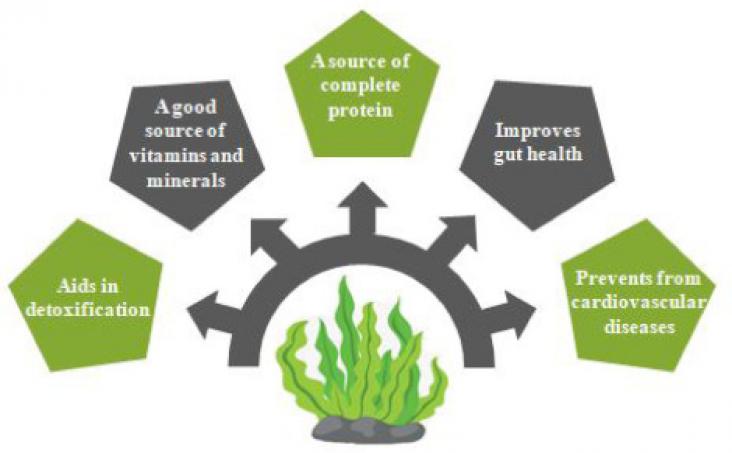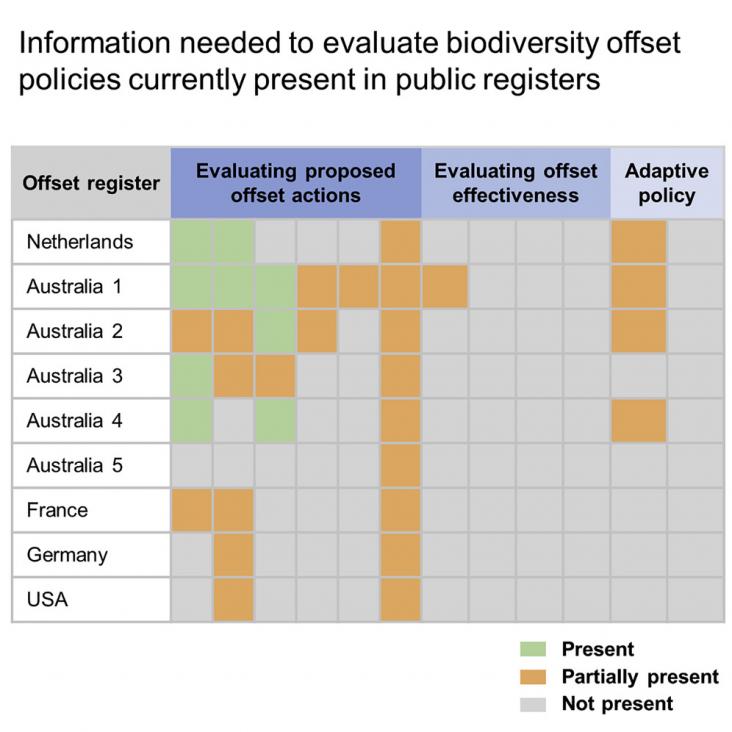Geographical location and socioeconomic dynamics have increased the vulnerabilities of the people of Bangladesh to the impacts of climate change.

The eminent protein sources among the vegetarian population include cereals and pulses that do not satisfy the Recommended Dietary Allowance (RDA) level.
An Article in support of SDGs 2, 13, and 15, assessing the environmental consequences and nutritional contributions of national food-based dietary guidelines while considering circular food system principles
This article supports SDGs 9, 11 and 13 by employing an Urban-Water-Energy (UWE)-Nexus approach to understand water and energy demand and their interactions in both space and time for Rhode Island and quantifies the extent and exposure of the Urban Heat Island effects among its towns and urban populations using high-resolution details.

This article considers barriers in tracking no net loss (NNL) outcomes, outline criteria of public offset registers to enable accessible and credible reporting of NNL, and show how existing registers fail to satisfy those criteria.
Local actions have been considered as an important path for effective climate actions, but the extent to which community-level plastic waste elimination actions can be effective in coastal regions are unclear. This article leverage a nation-wide case study in Australia to show that community-level plastic pollution reduction actions can result in large benefits, regardless whether the plastic pollution was originated from the community or not.
Reflects upon emergent challenges and opportunities of developing Positive Energy Districts (PEDs) in Europe. Combines attention to rapid implementation, context-specificity and replicability. Identifies three key themes to enable conditions for upscaling PEDs across contexts. The key themes are: framework conditions, prefiguration and emerging impact of PEDs. Combines expertise of PED-EU-NET core group, spanning PED initiatives across Europe.
An Article in support of all SDGS, particularly SDGs 4, 13, and 17, assessing the interlinkages between the 17 SDGs and climate change.

This article proposes a feasible framework to operate a global market of blue carbon, which helps to mitigate climate change.
Providing affordable access to enough healthy and safe food for an ever-more-affluent and growing world population has become more challenging in the face of climate change, rising income inequality a
